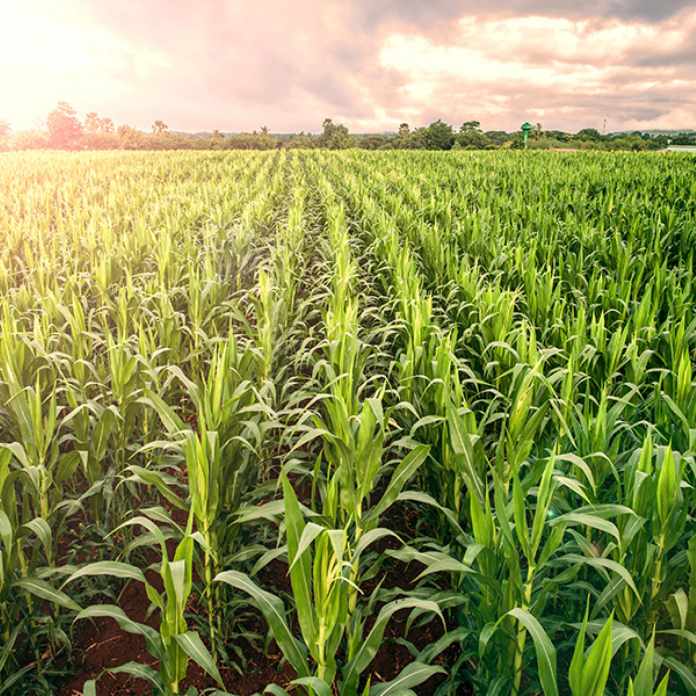What are Genetically Modified Crops?
Genetically modified crops (GM crops) have been genetically altered in a laboratory to improve their traits. At the same time, traditional agriculture methods using tractors like Mahindra 245 involve traditional techniques such as tilling and ploughing to prepare the soil for planting.
In addition, GMCs are designed to improve yield, resist pests and disease, tolerate environmental stress, and provide other benefits to farmers and consumers. The use of GM crops has been a topic of much debate in India, with proponents arguing that they offer several benefits to the agricultural sector. At the same time, opponents point to potential risks and uncertainties associated with their use. This blog will explore India’s pros and cons of genetically modified crops.
Benefits of GMCs:
Increased Yields:
One of the primary benefits of GMCs is that they can result in increased yields, which can help meet the growing population’s food demands. In addition, GMCs are designed to resist pests and disease, requiring fewer pesticides and herbicides. This results in a lower cost of production and a higher return on investment for farmers.
Tolerance to Environmental Stresses:
GMCs can also be designed to tolerate environmental stresses such as drought, heat, and salinity. This can be particularly beneficial in regions where water is scarce or where the soil is poor. GMCs can also help to preserve soil fertility by reducing the need for synthetic fertilisers.
Better Nutrition:
Some GMCs have been engineered to provide improved nutritional benefits. For example, “Golden Rice” has been developed to contain higher levels of Vitamin A, which is essential for good eyesight and is lacking in many people’s diets in developing countries.
Pest and Disease Resistance:
These crops are engineered to be resistant to pests and diseases, which can reduce the need for chemical pesticides and herbicides. This not only reduces the costs of inputs for farmers but also reduces the health risks associated with chemical use. For example, Bt cotton, a genetically modified variety, effectively controls pests such as bollworms, reducing the need for chemical insecticides.
Environmental Benefits:
GM crops can also have environmental benefits. For example, crops engineered to be drought-resistant or require less water can help conserve water resources, which is particularly important in water-scarce areas of the country. In addition, GM crops can reduce soil erosion, improve soil quality, & reduce greenhouse gas emissions, which are important for sustainable agriculture.
Drawbacks of GMCs:
Public Concerns:
Despite the potential benefits of GMCs, there are still concerns about their safety and the impact that they may have on the environment. In addition, many people are concerned about the long-term effects of consuming GMCs and their potential to crossbreed with wild relatives, leading to the spread of traits that may have unintended consequences.
Dependence on a Few Companies:
The production and sale of GMCs are controlled by a small number of companies, which can lead to a dependence on these companies for seed and other inputs. This can result in a lack of choice for farmers and a reduction in competition, which can drive up prices.
Potential for Pest Resistance:
The use of GMCs can also result in the evolution of pests that are resistant to the traits that have been introduced. This can lead to the need for even more pesticides and herbicides, which can be harmful to the environment and human health.
Health Risks:
Some opponents of GM crops argue that there may be health risks associated with their use. For example, there have been concerns that genetically modified foods may be allergic or toxic, although studies have not confirmed these risks. There is also concern that long-term effects of consuming GM foods are unknown.
Loss of Biodiversity:
Critics argue that GM crops may lead to a loss of biodiversity. This is because using GM crops can reduce the number of crop varieties being grown, negatively affecting biodiversity. In addition, there is concern that GM crops may crossbreed with wild relatives, potentially leading to the spread of modified genes and the loss of native species.
Socio-Economic Impacts:
There are also concerns about the potential socio-economic impacts of GM crops. For example, some opponents argue that GM crops may benefit large agribusinesses at the expense of small farmers, who may need access to the technology or may face higher costs associated with purchasing GM seeds. In addition, there are concerns about farmers’ dependence on seed companies, as GM seeds are often patented and cannot be saved for replanting.
Conclusion:
In conclusion, both genetically modified crops and traditional agriculture methods practised with tractors like Mahindra 245 have their benefits and drawbacks. Their suitability depends on local conditions, crop type, and farming practices.
GMCs have the potential to provide numerous benefits to farmers and consumers, including increased yields, tolerance to environmental stresses, and improved nutrition. However, there are also potential drawbacks, including public concerns about safety, a dependence on a few companies, and the potential for pest resistance. Therefore, as with any new technology, the potential risks and benefits must be carefully weighed before deciding on the widespread use of GM crops in India. So, it is important to consider the pros and cons carefully and continue monitoring their impact on the environment and human health.












